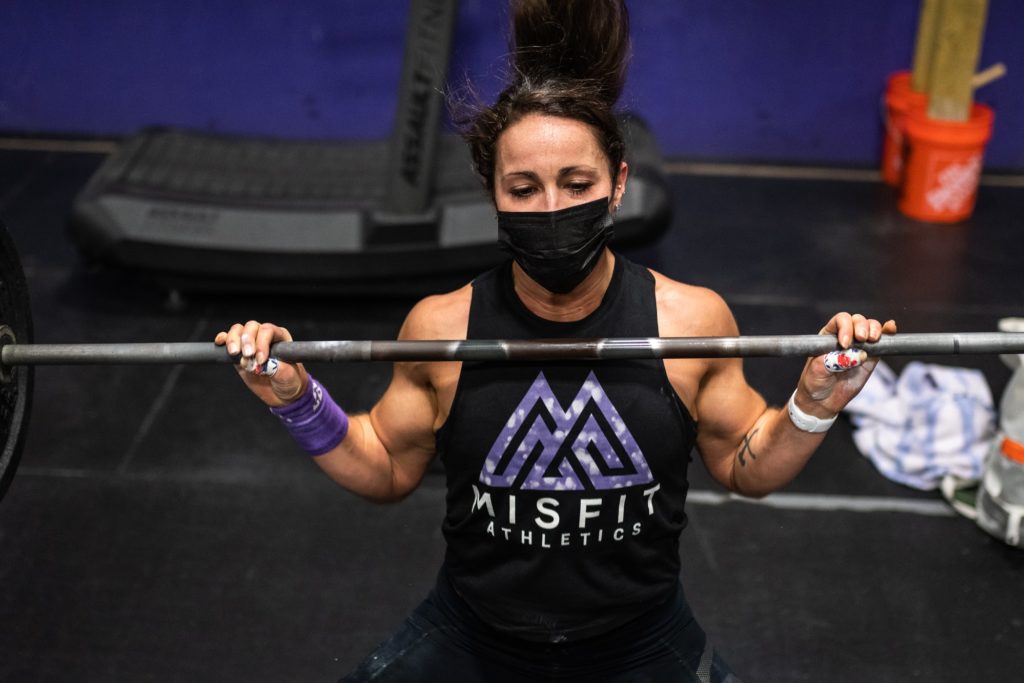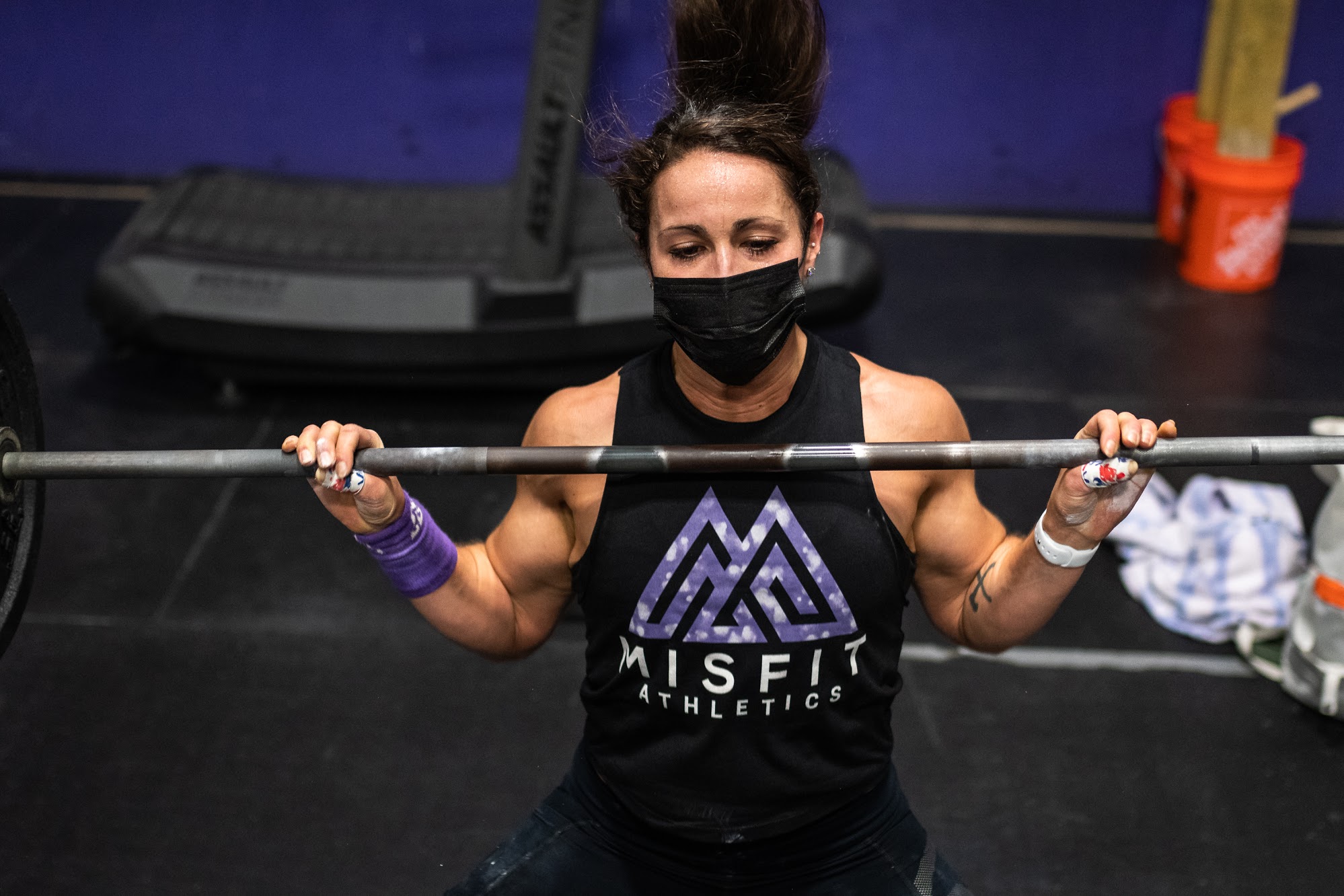Don’t Be a Mouth Breather

Developing competency in anything starts with intentionality. At Misfit Athletics, we are continually looking for ways to increase both your mental and physical performance. You’ll hear us often talk about your sleep, diet, stress, relationships, and sunlight exposure amongst other things, but there’s a health and performance hack that most of you underutilize, which is nasal breathing. The lost art of nasal breathing is nothing more than intentional and deliberate breathing that occurs through your nose. It’s simple, but not easy (at first). The benefits of nasal breathing include improving your body’s ability to deliver oxygen to tissues, strengthening the muscles of your respiratory system, and enabling you to enter a state of recovery post-training sooner. What should make nasal breathing extremely interesting to you is that the barrier to entry is extremely low (e.g. you just need to try), and the purported benefits are profound. We know how much you want to improve as an athlete and if something as simple as nasal breathing can move the needle, wouldn’t you try?

Gas Exchange
For most of us, nasal breathing is rarely an intentionally practiced behavior because it takes a bit more effort (more resistance when breathing through the nose) and conscious thought to execute. The temperature and humidity of the air you breathe directly affect gas exchange. Your nose’s primary function is to ensure the air you inhale is filtered, at the right temperature, and humidified for optimal gas exchange. Gas exchange is the respiratory process of shuttling oxygenated blood cells to the tissues and removing carbon dioxide from those tissues for exhalation. This means that by improving your ability to breathe through your nose, you can increase the amount of oxygen going to your muscles and therefore, improve your work capacity. The adaptation that nasal breathing provides isn’t merely relegated to gas exchange and improving the delivery of oxygen to muscles; there’s also an adaptation that occurs in respiratory musculature.
Stronger Respiratory Musculature
When you breathe through your nose, there is a higher level of airflow resistance than mouth breathing that is attributed to the path air takes through your sinus cavity as it is warmed and humidified. The increased resistance of airflow improves the strength and endurance of the respiratory muscles and also strengthens the muscles of the lungs, intercostal muscles, and diaphragm. Strengthening your respiratory muscles allows you to take more full breaths because the lungs can expand further to allow a higher air volume and contraction to push more air out upon exhalation. Stronger respiratory muscles mean that you can move more air in and out of the lungs allowing you to create more energy for use during your workout. The more often you breathe through your nose, the stronger and more efficient these respiratory muscles become and the more energy you can create.

Oxygen Transport
Along with these physiological changes, a noteworthy chemical change occurs during nasal breathing. When air is inhaled through the nose, we produce a gas known as nitric oxide (NO). As NO begins to course through your veins, it signals the muscles surrounding our veins to relax; this is known as vasodilation. When this vasodilation occurs, blood can more easily flow through your veins which means your body can more efficiently transport oxygen, which again is then used to create energy. Furthermore, the presence of NO causes a phenomenon known as angiogenesis, which is the formation of new blood vessels. These additional blood vessels enable your body to more efficiently transport O2 and nutrients to your tissues and removal of CO2 and waste. More oxygen and less waste means improved performance.
Recovery
In addition to improved delivery of oxygen and strength of your respiratory muscles, there is also a profound effect on the body’s nervous system which largely dictates recovery and performance. Many of you measure and track your recovery using a metric known as heart rate variability (HRV), which measures the balance between the two branches of your autonomic nervous system: the Sympathetic Nervous System (fight or flight) and the Parasympathetic Nervous System (rest and digest). In a well-recovered athlete, both branches equally stimulate and innervate your heart and both systems are working together which is what you want for optimal performance. Unfortunately, most CrossFitters have a drastically overactive SNS relative to their PNS. As a result of this imbalance, many athletes have a sub-optimal recovery leading to suboptimal performance in training. Here’s where nasal breathing comes in: when you breathe through your nose, you stimulate the portion of your nervous system (the vagus nerve) that tells your body that it’s time to “chill out,” and then your recovery can begin. Remember that exercise is a stressor and it’s our recovery from that stressor that makes us fitter. The sooner we can get into a rest and digest state, the more recovered you’ll be, and the more prepared you will be for your next training session.

Take a Deep Breath
So we know that nasal breathing has the potential to improve our recovery and performance in multiple ways. Like I said earlier, the barrier to entry is extremely low and simply requires practice. So how do you get started?
- For one week, start each morning by setting a timer for 5 minutes. During those 5 minutes, only breathe in and out through your nose.
- Once you’ve become comfortable breathing through your nose, move on to practicing nasal breathing in very low-intensity settings like your warm-ups and cool-downs.
- Finally, once you’ve grown accustomed to this style of breathing during low intensity, start mixing it into your training pieces. We recommend using this style of breathing for your longer, low-to-moderate intensity aerobic training pieces. Remember if at any point this style of breathing becomes too uncomfortable, take a break and breathe normally then resume when you are ready
Nasal breathing has the potential to provide you with so many benefits without much additional effort. Through deliberate practice, you can improve your body’s ability to deliver oxygen to tissues, strengthen your respiratory musculature, and dramatically enhance your ability to switch back into “rest and digest” mode, allowing you to recover more efficiently. So before you drop a few thousand dollars on fancy recovery tools like pneumatic leg squeezers, massage guns, or cryo-cuffs, try starting with something you’re already doing – breathing.
Happy Training
-Sherb
Written by Matt Sherburne



